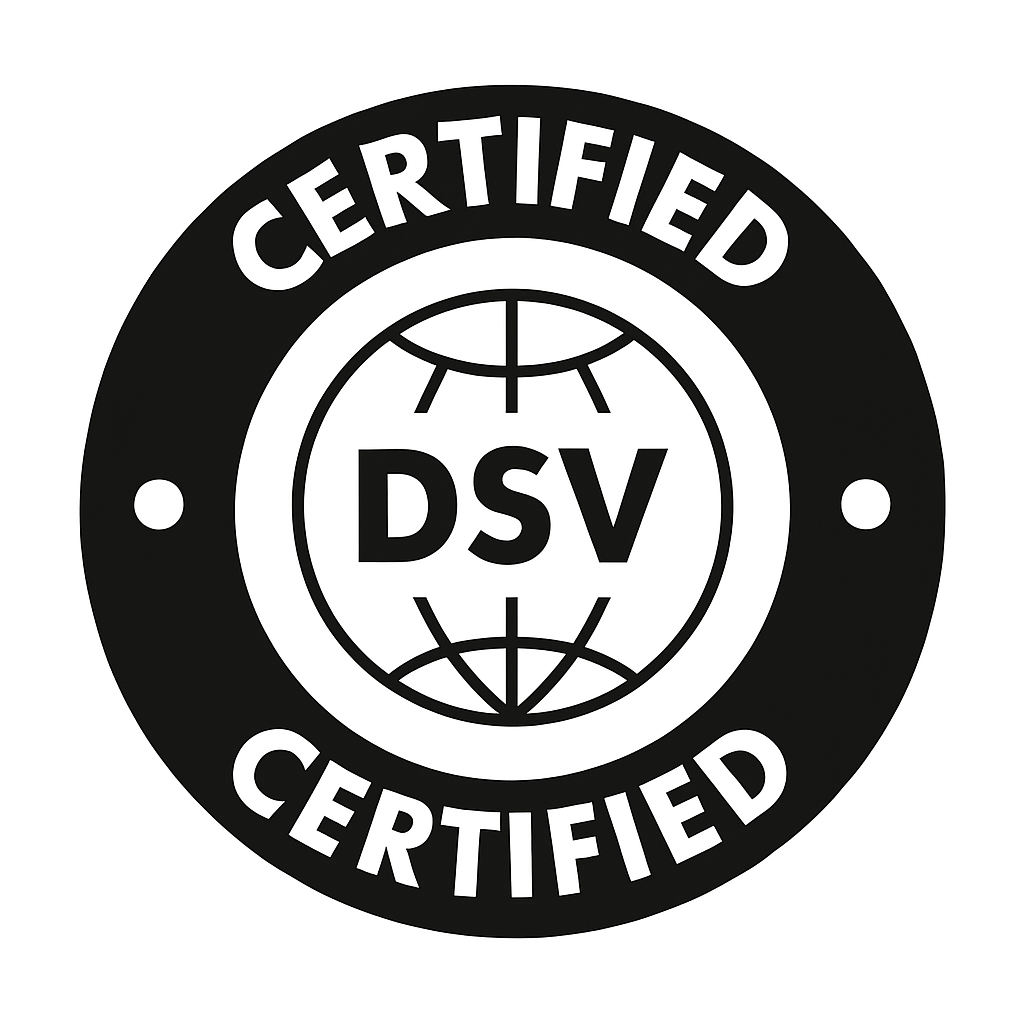The current state of marketing strategy (or lack thereof)
A recent HubSpot survey of hundreds of marketing leaders underscored this issue. Those polled leaders said that having to pivot their strategy was their top challenge.
As a result, a lot of marketing programs operate from a basis of reactivity. In fact, 47% of companies report that they don’t have a planned marketing strategy at all.
That leads to a lot of marketing organizations feeling constantly behind the eight ball, directing energy and dollars to plug holes. But this doesn’t have to be the status quo.
Taking some time to develop a marketing strategy provides clarity and direction for the team. It means that resources get used in a concerted way to move toward defined goals tied to measurable results. It shifts marketing orgs from operating reactively to a position of empowerment, informed by their strategy.
Because our team specializes in helping marketing teams develop and deploy strategies, we can help here. We sketched out the process you can use to work toward developing a marketing strategy that drives smart decision-making at your organization.
Step 1: Assess the current situation
A good marketing strategy plots the course from where you are now to where you want to be. To create the most accurate map and find the best path forward, you have to start with understanding where you are now.
Take time to get a big-picture view of your current marketing department. Figure out where you’re directing your focus and resources, and what kind of results that’s yielding. We suggest:
- Conducting stakeholder interviews with people across your marketing and sales departments
- Auditing your content and campaigns
- Analyzing performance data from at least the last three years
- Reviewing customer feedback
- Compiling a list of all current marketing spend
Tailor this to your specific organization. Your goal is to get complete clarity about the current state of your marketing org.
Step 2: Identify your goals
Now, it’s time to dream big. In a best case scenario, what would your company look like in five years? What market share would be transformative for your business? Who would your ideal customers be, and how would they buy from you?
In this early visioning stage, it’s helpful to look to your company’s overall goals for inspiration. You don’t want to be left with a siloed marketing org that’s moving in one direction while the rest of your company is looking elsewhere. Direct your strategy toward larger goals, and integrate them where you can.
Once you’ve thought about the ideal state and outcomes for your marketing programs, it’s time to identify goals from that visioning. When you think about the best case scenario, what opportunities come to mind? Looking for openings can help you set goals that are aligned with what’s feasible in the current market.
Step 3: Understand your audience
Now, it’s time to tie your overarching goals to what your customer wants. Perform a deep-dive analysis into the groups you want to reach.
Start with your own data. Historic trends can help you pinpoint what’s worked so you can build on it.
Market and keyword research paired with tools like SWOT analysis helps you finesse your goals. You need to make sure they aren’t just capturing what your team wants, but what’s actually important to your target audience.
Step 4: Build actionable objectives
Your goals can (and should) be big-picture, but your objectives need to be realistic and measurable.
Break your goals into achievable steps. If, for example, you set a goal to increase brand awareness among a certain demographic, you might set an objective to grow your email campaign send list for that demographic by 20% by Q2 2025.
Arrive at a list of SMART objectives that move you toward each goal. By SMART, we mean objectives that are:
- Specific
- Measurable
- Achievable
- Relevant
- Time-bound
In other words, your objectives should be well-defined, realistic, and trackable. Here, make sure the way you measure the objective actually ties to ROI, not just a vanity metric.
By the time you finish with this step, you should have a clear plan to move the needle in any of the above categories that apply to your organization.
Step 5: Deploy strategy-informed measures
Now, it’s time for action.
The first action you should take is communicating the strategy. Share the goals and objectives you’ve defined with all stakeholders. That probably extends past your marketing team. Communication with sales, for example, can help their team seize on the opportunities yours will create as they work toward their objectives.
As you start activating your strategy, we have two tips:
- Delegate. Everyone involved in the work to move toward objectives needs clarity on their role and how it contributes to the overall progress. Delegate work to the appropriate parties and work closely with them to ensure they’re moving forward in a strategy-informed way.
- Automate. Tools are your ally here. Look for ways to automate the work required to achieve your objectives. The more you can leverage technology, the more you free up your team to focus on your strategy — and identify opportunities to move toward it.
Step 6: Measure performance and refine your strategy
Build performance measurement into any objective you identify. Schedule regular audits of your campaigns and stakeholder interviews with your sales team, too. Then, bring all of this data to a marketing leader meeting you schedule periodically (e.g., quarterly).
While marketing organizations absolutely benefit from starting with a defined strategy, clearly stated goals, and measurable objectives, they also need to stay agile. Regularly checking in with your strategy and your progress allows you to make adjustments as needed to stay the course — or to identify when it’s time to pivot.









